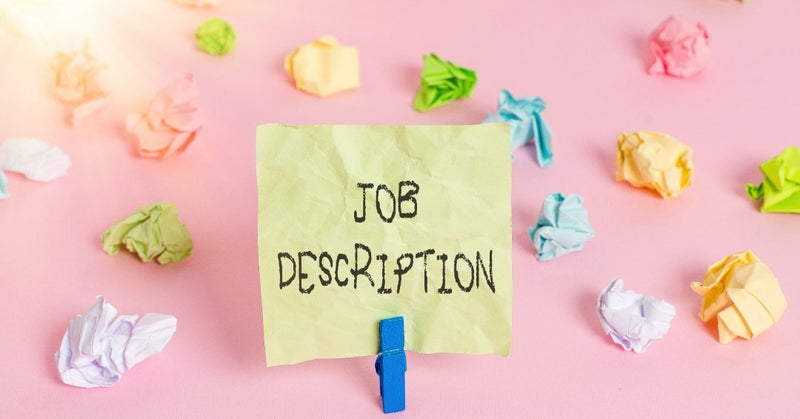Contents
- Include the Key Components
- Consider the End Goal
- Think on a Global Scale
You want to hire the best talent, but what's the first step in the hiring process? A great job description to tell the top talent they should apply for your role of course. This is especially true when you're looking to hire a remote workforce.
Every company wants to hire the best candidates for their position, but in order to do so, you must first attract the top talent to even consider applying for it with an engaging and effective job description.
Over half (51%) of job seekers say their preferred source for finding a new job opportunity is through online job advertisements. But there are currently that many job postings, how can you write a job description that stands out from the crowd?
We’ve included our top tips to help you write a great job description that will allow you to target and hire the best candidates for your job.
Include the Key Components
A great job description doesn’t leave the job seeker confused or wanting to know more information. Talent is particularly turned off by job descriptions that are vague or ambiguous, as it leaves them wondering if the employer is deliberately hiding relevant information.
In order for a job description to be both effective and engaging, it must include a number of key components:
Job Title and Summary
Not only should the position you are wanting to fill be given a title, but this title should also reflect the industry’s standards and your company’s culture—particularly through the language and writing style you use. Additionally, give your job description a short and succinct description that provides a brief overview of the role and its responsibilities.
Responsibilities
Give your candidates an accurate idea of what a typical day in this role would look like. Outline the job’s essential responsibilities and tasks, while being very clear on how often these duties will be carried out.
Skills and Qualifications
Be honest about the qualities or characteristics you're looking for in an applicant. Make sure to include all required qualifications and experience, as well as any ideal skills or cultural elements—such as “loves working on teams” or “highly motivated individual”.
These former elements are often overlooked in job descriptions, yet they’re just as vital as educational experience. This is because the most successful applicants will be those who share the same values with your company and workers.
Additionally, include the level of necessary experience, licenses, and certifications, as well as any technical know-how required for the role.
Company Information
Assume that the applicants are unfamiliar with the company and provide them with relevant background information, such as the company's industry, goals, and mission. Other essential information, such as branch locations, staff numbers, and annual sales, can be supplied as well.
Type of Employment and Location
Is the role to be performed remotely or at a specific location? Is it full-time, part-time, or an internship? If the position is for an internship, notify the candidates if it is paid, as well as how long the internship will last.
Salary and Location Details
Providing a specific salary amount—or a range if you don’t have a set salary for the role—makes the job description more accurate for applicants. Additionally, include job benefits such as the amount of paid vacation days, medical insurance, pension plans, housing benefits, and travel reimbursement, among others.
Contact Information
Be sure to provide up-to-date contact information, such as an email address and a phone number, so that interested applicants can reach out to you with any questions.
Consider the End Goal
Before you begin writing your job description, ask yourself what your end goal is. Do you want to capture the attention of top talent, inspire a particular group of job seekers to apply, or simply sift out those who are under-qualified?
When you concentrate on a more specific outcome of your job advertisement, it gives you greater focus during this process, thus increasing your chances of finding a successful candidate.
Think on a Global Scale
How you write your job description will also depend on whether the role is remote or in-person. Due to the different natures of these roles, you’ll need to take slightly different approaches in order to attract the right talent.
The beauty of a fully remote job is that anyone—regardless of their location—can fulfill its requirements. This means you’ll want to create a job description that attracts top talent from around the world, rather than applicants in a single location.
To do this, use inclusive language that isn’t suited to just one country or culture, and incorporate commonly searched related keywords, such as “work from home”, “virtual”, “work from anywhere”, and “remote”.
Here at Crossover, our job descriptions are written to find the most talented professionals in the world so they can be matched with high-paying remote jobs at top companies. So far, we’ve matched over 4,000 rock stars across 130+ countries with over 850 fully remote teams.
Check out some of the 70+ companies that use Crossover to recruit global talent for high-paying remote positions, or visit our remote work opportunities to see how we craft our job descriptions.







